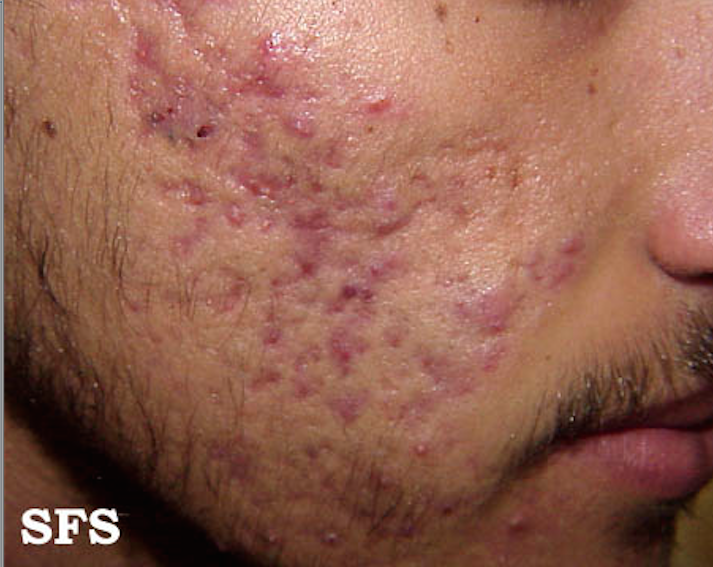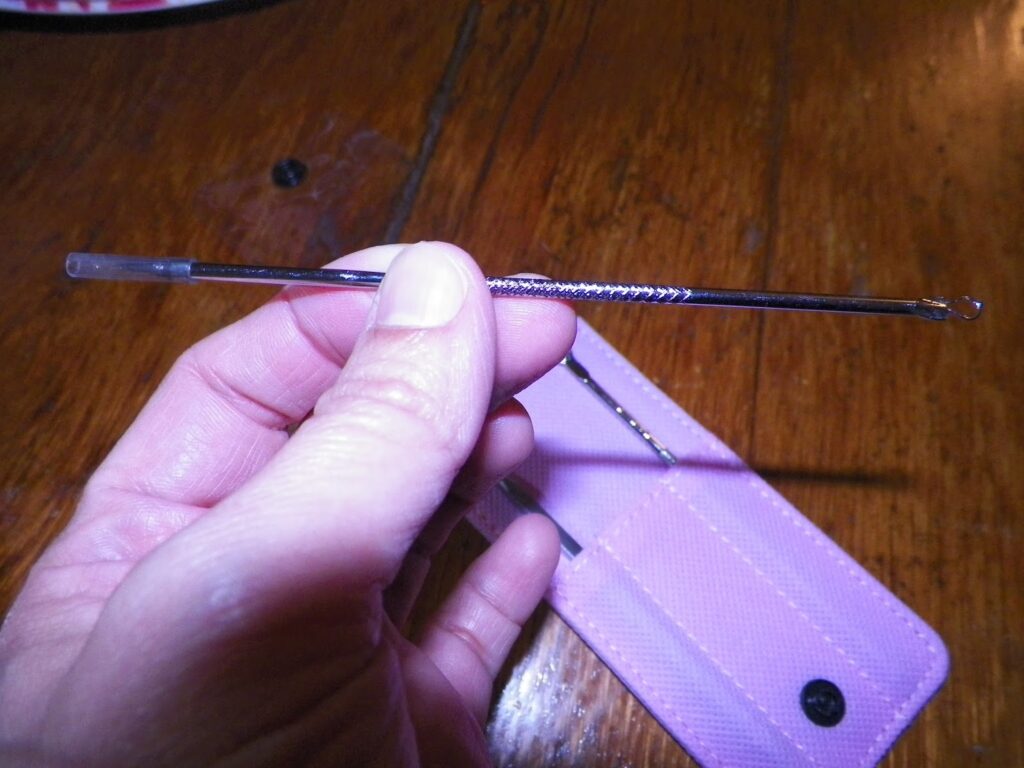Blackheads, a common skin concern, are small, dark spots that appear on the skin due to clogged hair follicles. They are a mild form of acne and can occur on various parts of the body, but they are most commonly found on the face, particularly the nose and chin. Understanding what causes blackheads, how to prevent them, and the safest ways to remove them is essential for maintaining healthy and clear skin. In this article, we will explore these aspects in detail.

What Are Blackheads?
Blackheads form when hair follicles become clogged with oil, dead skin cells, and other impurities. Unlike other types of acne, blackheads remain open at the surface of the skin, allowing the trapped debris to oxidize when exposed to air. This oxidation process gives blackheads their characteristic dark color. They are not caused by dirt or poor hygiene, as many people mistakenly believe, but rather by a combination of factors related to skin health and environmental influences.
The Science Behind Blackheads
- Open Pores: The opening of the pore allows air to reach the trapped debris, leading to oxidation and discoloration.
- Sebum Production: Excess oil production by the sebaceous glands contributes to the formation of blackheads.
- Dead Skin Cells: Accumulation of dead skin cells can mix with oil and block pores.
Common Causes of Blackheads
Several factors contribute to the development of blackheads. While some causes are related to genetics and hormonal changes, others are influenced by lifestyle and skincare habits.
Hormonal Changes
Hormonal fluctuations, especially during puberty, menstruation, pregnancy, or menopause, can increase oil production in the skin. This excess oil can lead to clogged pores and the formation of blackheads. Teenagers are particularly prone to blackheads due to the surge in androgen hormones, which stimulate the sebaceous glands.
Improper Skincare Routine
Using skincare products that are too heavy or comedogenic (pore-clogging) can exacerbate blackheads. Similarly, failing to cleanse the skin regularly can allow oil and dead skin cells to accumulate, worsening the condition. Over-cleansing or using harsh products can also irritate the skin and disrupt its natural balance, leading to increased oil production.
Diet and Lifestyle Factors
While the relationship between diet and acne is still being studied, some evidence suggests that high-glycemic foods, such as sugary snacks and processed carbohydrates, may contribute to acne and blackheads. Additionally, stress can trigger hormonal changes that increase oil production, making blackheads more likely to form.
Environmental Influences
Pollution, humidity, and exposure to certain chemicals can affect the skin’s health and contribute to blackhead formation. For example, living in a polluted area may expose the skin to particles that clog pores, while humid environments can increase oil production.
Preventing Blackheads
Prevention is key to managing blackheads effectively. By adopting a consistent skincare routine and making certain lifestyle adjustments, you can reduce the likelihood of blackheads forming.
Cleansing and Exfoliation
Gentle cleansing twice a day helps remove excess oil, dirt, and impurities from the skin without stripping it of its natural moisture. Look for non-comedogenic cleansers that are formulated to prevent clogged pores. Regular exfoliation, using either physical scrubs or chemical exfoliants like alpha-hydroxy acids or beta-hydroxy acids, can help remove dead skin cells and prevent them from accumulating in pores.
Choosing the Right Skincare Products
Selecting skincare products labeled as “non-comedogenic” ensures that they are less likely to clog pores. Avoid heavy creams and opt for lightweight, oil-free moisturizers. Sunscreen is also essential, but choose formulations that are specifically designed for acne-prone skin to avoid exacerbating blackheads.
Maintaining a Healthy Diet
Incorporating more fruits, vegetables, whole grains, and lean proteins into your diet can support overall skin health. Staying hydrated by drinking plenty of water helps flush out toxins and keeps the skin hydrated. Limiting the intake of sugary and processed foods may also have a positive impact on your skin.
Managing Stress
Practicing stress-reducing activities such as yoga, meditation, or deep breathing exercises can help regulate hormone levels and reduce oil production. Adequate sleep is equally important, as it allows the skin to repair and regenerate overnight.
Safe Removal Methods for Blackheads
While prevention is ideal, blackheads can still occur despite your best efforts. It is crucial to remove them safely to avoid damaging the skin or causing infections. Here are some effective and safe methods for removing blackheads.
Professional Extraction
Visiting a dermatologist or licensed esthetician for professional extraction is one of the safest ways to remove blackheads. These professionals use sterile tools and techniques to gently extract the debris from the pores without causing harm to the surrounding skin. Professional treatments may also include additional therapies, such as chemical peels or microdermabrasion, to improve skin texture and prevent future blackheads.
At-Home Extraction Tools
If you prefer to remove blackheads at home, consider using specialized tools like comedone extractors. These tools are designed to apply even pressure around the blackhead, helping to push out the trapped debris. However, it is essential to clean the tool thoroughly before and after use and to avoid applying excessive force, which can damage the skin.
Topical Treatments
Over-the-counter topical treatments containing ingredients like salicylic acid, benzoyl peroxide, or retinoids can help dissolve blackheads and prevent new ones from forming. Salicylic acid works by penetrating the pores and breaking down the debris, while benzoyl peroxide has antibacterial properties that reduce inflammation. Retinoids promote cell turnover, preventing dead skin cells from clogging pores.
Clay Masks
Clay masks are an excellent option for drawing out impurities and absorbing excess oil from the skin. Ingredients like kaolin clay or bentonite clay can help unclog pores and reduce the appearance of blackheads. Use these masks once or twice a week as part of your skincare routine for optimal results.
Steam Treatments
Steaming the skin can help open up pores, making it easier to remove blackheads. You can create a DIY steam treatment by boiling water, pouring it into a bowl, and leaning over the bowl with a towel draped over your head to trap the steam. After steaming, follow up with gentle cleansing or extraction to remove the loosened debris.
Avoiding Common Mistakes
When dealing with blackheads, it is important to avoid practices that can worsen the condition or damage the skin.
Squeezing or Picking
Squeezing or picking at blackheads with your fingers can cause irritation, inflammation, and even scarring. It may also introduce bacteria into the pores, leading to infections or more severe forms of acne.
Using Harsh Products
Harsh scrubs or abrasive tools can irritate the skin and disrupt its natural barrier, leading to increased oil production and more blackheads. Stick to gentle, non-irritating products that are suitable for your skin type.
Neglecting Sun Protection
Failing to protect your skin from the sun can lead to premature aging and exacerbate skin issues, including blackheads. Always apply a broad-spectrum sunscreen with at least SPF 30, even on cloudy days.
Conclusion
Blackheads are a common skin concern that can be managed effectively with the right approach. By understanding their causes, adopting preventive measures, and using safe removal methods, you can achieve clearer and healthier skin. Remember to be patient and consistent with your skincare routine, as results may take time to become visible.





